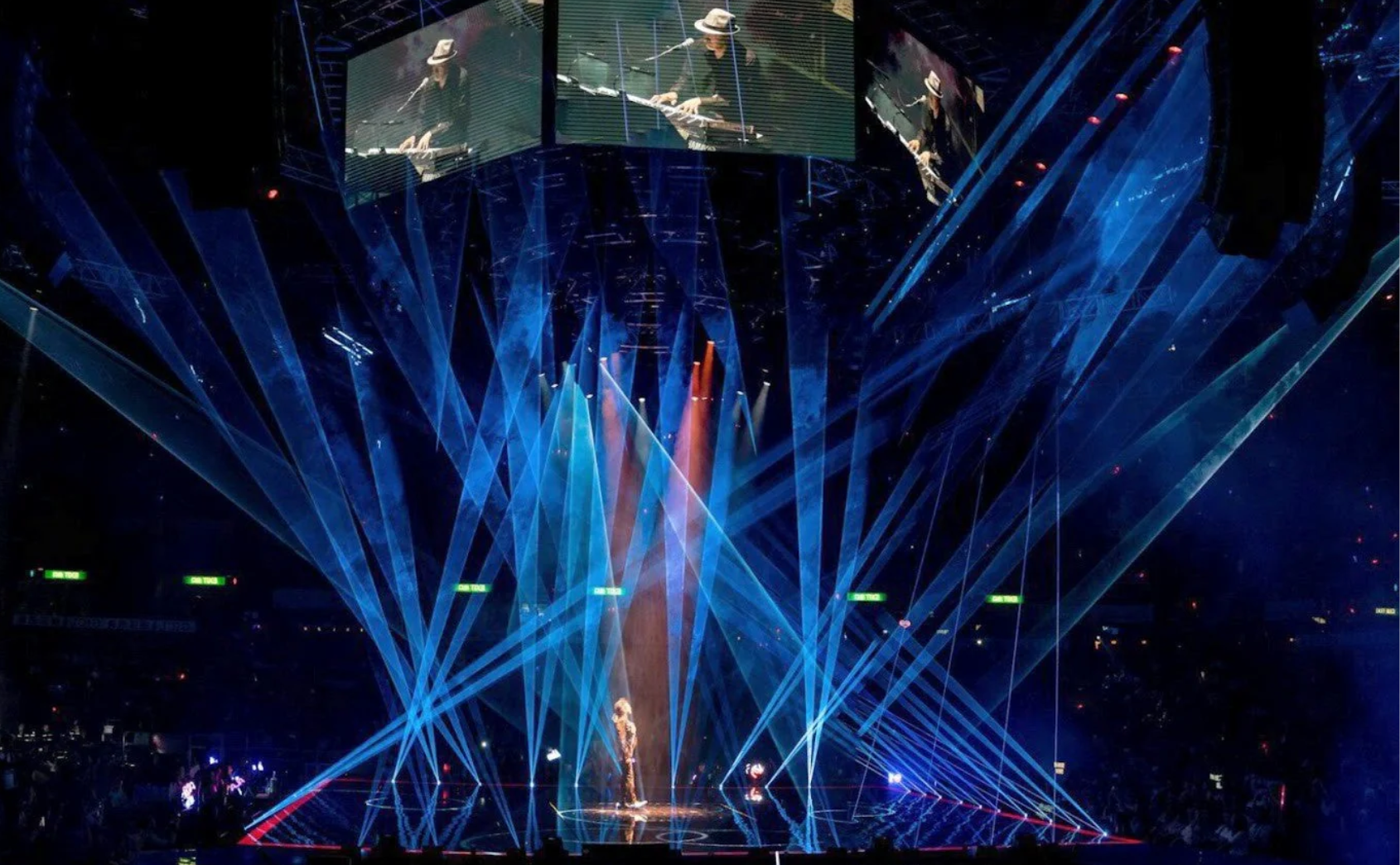The word streetwear is soaked in ambiguity. It generally means casual clothing of a style worn especially by members of the youth. But it is so much more than that. It is a representation of people, their taste in music, art, and fashion. Street style, for a majority, is a way to express the things they associate themselves with the most and flaunt their individuality. The essence of this style is the portrayal of the high-spirited youth community.
People were always seen to be wearing casual clothing on the streets. But when and why did it come to be called ‘streetwear’? In the 80s, the lines between casual wear and party wear were starting to get blurred. By the ’90s, people started to prefer wearing casual clothing not just for errands but for special occasions too. Popstars like Michael Jackson, LL Cool J, and Madonna wore casual wear in their music videos. This influenced the youth of the era. It set the trend of casual wear, now termed ‘streetwear’.
Now I’ll uncover the influences and trends that have shaped street style throughout the years. So, grab your favorite sneakers and let`s hit the pavement!
• The Birth of Street Style:
Street style didn`t emerge overnight. It evolved organically from the vibrant streets of urban centers, where diverse subcultures began to express their identities through fashion. In the 1950s and 1960s, the greaser and beatnik movements laid the foundation for rebellious street style. Leather jackets, denim, and rock `n` roll music influenced these early street fashion trends.
• The 1970s and 1980s: Paving the Way:
The `70s and `80s were transformative decades for street style. Hip-hop culture exploded onto the scene, becoming a driving force behind fashion. In New York City, young African American and Latinx communities embraced street fashion as a symbol of their cultural pride. This era birthed iconic elements such as tracksuits, gold chains, sneakers, and the legendary Adidas Superstar.
Punk and skate culture also had a significant impact on street style during this period. Leather jackets adorned with pins and patches, ripped denim, band t-shirts and Dr. Marten’s boots became staples among rebellious youth, pushing the boundaries of fashion norms.
• The 1990s: The Rise of Grunge:
The 1990s witnessed the emergence of grunge fashion, spearheaded by the music scene in Seattle. Influenced by bands like Nirvana and Pearl Jam, grunge style represented a rejection of mainstream fashion. Oversized flannel shirts, ripped jeans, combat boots, and unkempt hair became synonymous with the grunge aesthetic.
Simultaneously, streetwear brands such as Stüssy, Supreme, and A Bathing Ape started gaining traction, blurring the lines between street style and high fashion. Logos, bold graphics, and unique collaborations began to define the streetwear landscape, capturing the attention of fashion-forward individuals worldwide.
• 2000s and Beyond: A Global Phenomenon:
The turn of the century marked a new chapter in street style. As the internet and social media platforms gained prominence, fashion became more accessible and influential than ever before. Street style bloggers, photographers, and influencers documented the vibrant fashion scenes in cities across the globe, sharing inspiration and trends in real-time.
Japanese street style, particularly the Harajuku district in Tokyo, became internationally recognized for its avant-garde and quirky aesthetic. Mixing vibrant colors, layering different textures, and experimenting with unconventional silhouettes, Harajuku fashion became an influential force shaping street style worldwide.
As the 2010s rolled in, a fusion of high fashion and streetwear began to dominate runways and street corners alike. Luxury brands collaborated with streetwear labels, blurring traditional boundaries and giving rise to a new wave of high-end street style. Sneakers, hoodies, and graphic tees seamlessly integrated into high fashion ensembles, challenging traditional notions of luxury.
• Current Trends in Street Style:
In recent years, sustainability and conscious consumerism have emerged as significant factors in street style. Thrifted clothing, upcycled pieces, and eco-friendly brands have gained popularity, reflecting a shift towards more responsible fashion choices.
Additionally, gender fluidity and inclusivity have become essential aspects of street style. Fashion is no longer confined to gender-specific norms, as individuals freely mix and match styles that resonate with their personal identities.
Sportswear-inspired outfits, characterized by at leisure and retro aesthetics, continue to dominate the street style scene. Chunky sneakers, joggers, oversized hoodies, and tracksuits are staples in modern streetwear wardrobes.
Street style has evolved from its humble beginnings into a global phenomenon that shapes fashion trends worldwide. From the rebellious spirits of the `50s to the cultural movements of the `70s and `80s, and the fusion of high fashion and streetwear in the 2000s, street style has continually reinvented itself.
Today, street style is more diverse and inclusive than ever before, with influences ranging from subcultures to social media. It has become a powerful medium for self-expression and a way to bridge the gap between fashion, culture, and personal identity.
As street style continues to evolve, it remains a testament to the vibrant and ever-changing nature of fashion. So, whether you`re strolling through the bustling streets of Tokyo, New York City, or London, keep an eye out for the latest street style trends and let your own unique style shine!
If you make a purchase from this brand using our links, we may earn a commission.


